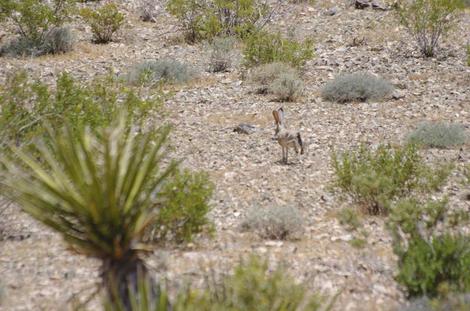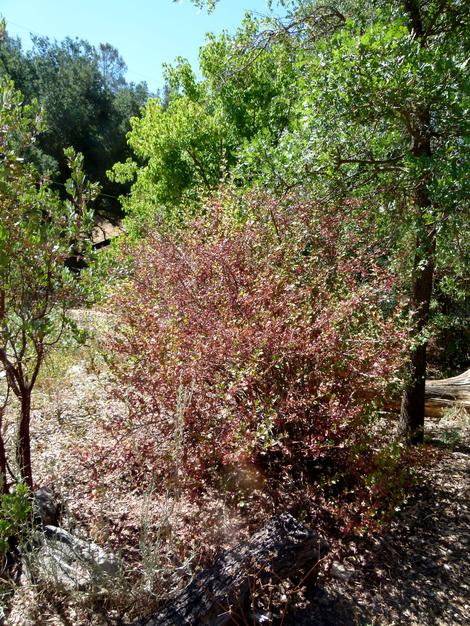Planting in Summer
Planting is summer is not the most brilliant idea, it has all sorts of problems that we'll review here. BUT, it has some advantages. The advantages include getting another full years growth that you'd miss if you wait until the next winter.
Disadvantages may not even apply to you. If you're in town and have an automatic irrigation system most of these negative points are irrelevant.
The ground is hard. Now, city folks think they know hard ground; maybe, where you park the car on the lawn can be as hard as the rural soil can be. Watering the area a few days before you plant can help with planting. Check before you buy the plants to see if you can get a shovel into the ground.
Now, city folks have some gophers. In the country we have deer, chipmunks, wood rats, squirrels, etc. and gophers. If you're in town it is probably not an issue. In the country they will eat anything that is green or watered. So if you plant in a rural area and do not fence or cage everything until maybe December, the critters will eat your plants. Even the birds have eaten some of the plants. Vegetable gardens here require ammo and a fort. (But, it's usually more like F-Troop in Fort Courage defending a tomato.)
The soil is dry. You have to water a lot to rehydrate it so new plants can survive. The soil may be so dry that it's hydrophobic. You may need to water it with a low volume sprinkler for 24 hours before it will even be ready for planting, and then another heavy watering after. Check with a shovel! Dig a hole like you were going to plant the plant. If it takes a day to dig one hole, that means you'll need to pre-water. If you put a sprinkler out there and water for 3 hours and the soil only got wet down a scratch, get a lower volume sprinkler and go long. DO NOT WORK WET SOIL. if you pre-water, wait until it dries out a little. Water to a depth of 2 feet after you've planted. and mulch with the right mulch. NO DRIP irrigation!!!!!! If it doesn't kill the natives outright, they'll be much more likely to be eaten and much more short lived. Use a sprinkler, micro/mini/spray/rotator. Just think DRIP DEAD!
Late spring and summer is also when the big hat ladies show up. Now there are some folks that are called big hat ladies, or the beige gang, or call themselves masters of the garden and are part of some team of elite garden experts that think about blues, yellows and textures. If one of them show up in your garden in summer, give them a shovel, they'll usually leave. We've found the shovel to be a very useful tool in the garden. (Sorry, we had a few to many show up this week.)





